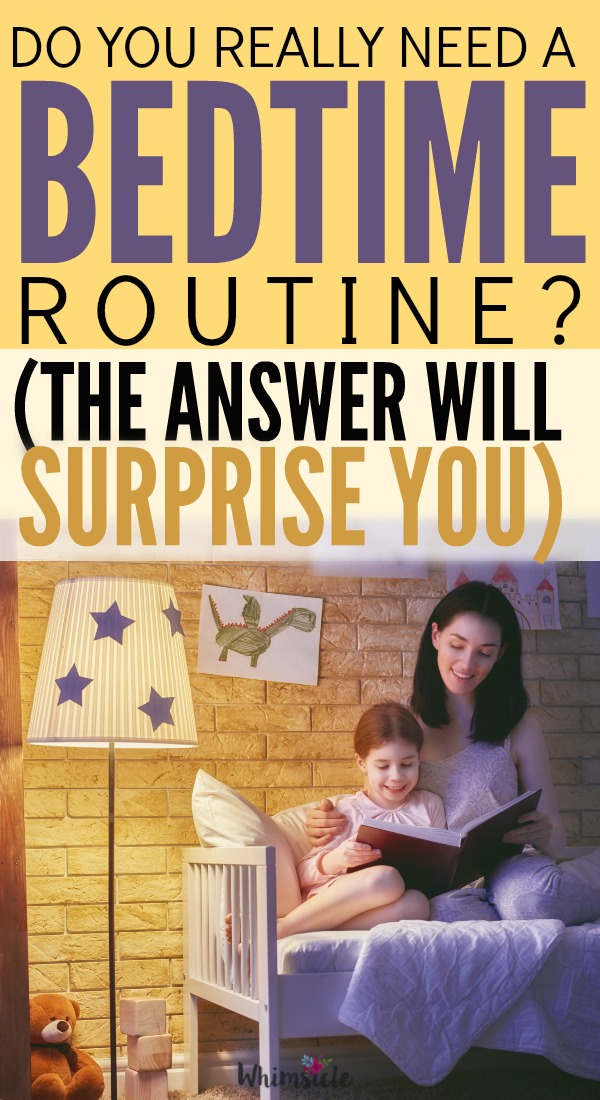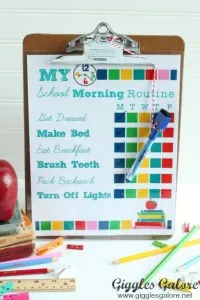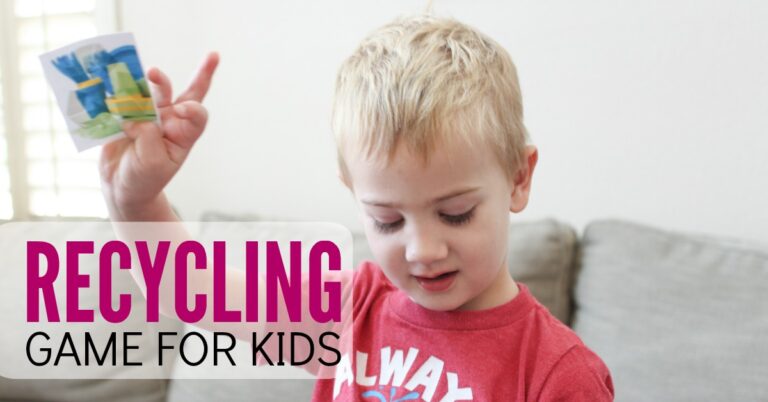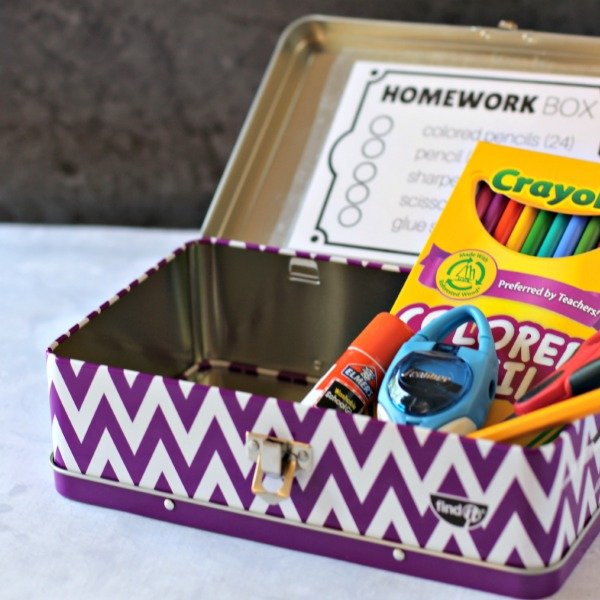Do you really need a bedtime routine?
It’s 7 pm.
You are ready for everyone to get into bed.
But your kids… have different ideas.
Because this is the time everyone goes INSANE.
Your son picks a fight with your daughter over what to wear tomorrow for school. He wants to wear his short-sleeved Minecraft t-shirt. She says its too cold. He starts yelling at her for telling him what to do.
You dread this time EVERY. SINGLE. NIGHT.
Perhaps you’ve heard that other parents have bedtime routines and you know that you should have one as well.
But why? Frankly, it seems like too much work. Your kids seem to resist you every step of the way at this time of night.
How will a bedtime routine do any good?
Why a bedtime routine?
First some interesting research.
According to a study, “sleeping by yourself is only common in industrialized Western societies. Learning to navigate bedtime separations and sleep solo are considered marks of independence and healthy positive development.”1
Only in the United States and some parts of Western Europe and Australia is it encouraged and expected that kids sleep on their own.
In many other countries, children sleep with parents or with a sibling.
It isn’t some part of human nature that kids need to sleep alone. It’s simply part of our culture.
The bedtime routine becomes this “‘discourse of anticipation’ that [prepares kids] – yet simultaneously forestalls – the moment of bedtime separation.”2
Huh… interesting way to look at it, yes?
The actions leading up to bedtime are just as important to our culture as well.
According to the same study, “children’s participation in mundane daily life activities (i.e. bathing, eating, chores) are a critical foundation upon which social relationships and ultimately cultural meaning systems are constructed.”3
This routine is NOT something that is expected of you as a parent.
It’s something created by our culture… the place we live.
If you lived in China or Africa, you wouldn’t even think twice or feel any guilt about not having a set routine.
What a bedtime routine is good for
Knowing this, why even have a bedtime routine?
Well, it’s something that may help your child fall asleep faster – giving you less headache at bedtime.
When people have a reliable set of steps before an event, their brains automatically become cued for that behavior.
Have you heard of Pavlov’s dogs? Russian psychologist, Ivan Pavlov, noticed that his dogs started to salivate before every meal every time he entered the room. He realized that the dogs associated his presence with a full dish of brown kibble.
He wondered if he could get them to associate food with some other action – like a ringing bell.
So, before he fed them, he started clinging a bell.
And guess what?
The dogs drooled every time a bell rang – even though no food was in sight.
With a bedtime routine, we’re training our kids to do the same thing. Except instead of salivating, they get sleepy.
One mom says, “the repetitive nature of a parent’s exact actions before bed—in my case: talking in a soft voice, my son saying “goodnight”, closing the bedroom door, closing the blinds, and turning on the sound machine in the same order every night—is very powerful. It doesn’t matter that there’s no massage or books, what matters is that we created a reliable set of steps before bed that cue her brain and body that it’s time to sleep.”4
Notice how this mom doesn’t do anything elaborate. It’s just the same set of actions to let her child anticipate sleep.
How to set a bedtime routine
Think it’s too late to set a bedtime routine?
Never.
Bedtime routines are a way to make your nighttime infinitely easier. Once you have one in place, you’ll have yell less. You’ll have your kids getting out of bed less.
Sounds like dreamland, yes?
Here’s how to do it:
1. Set a specific time and stick to it
According to Parents magazine, “your child’s body clock will adjust much more quickly to the routine if the routine follows a natural and consistent pattern.”5
It doesn’t matter the time, it only needs to be the same time every single night.
2. Pick a specific order of tasks.
It doesn’t need to be complicated.
In a research study that observed families in the evening, a bedtime routine usually started when a parent announced that “bedtime was at hand, then progressed through a series of bedtime readiness tasks (e.g., toileting routines, bedtime story) before moving onto final nighttime farewells”.6
The bedtime routine for my 4-year-old son is me telling him it’s bedtime then he goes upstairs, changes into his pajamas and then comes into my bedroom to use the bathroom and have me brush his teeth.
Then, either my husband or I take him into his room. We turn on his humidifier and then lay on the floor next to his bed for about 10 minutes.
Bam… asleep.
Now, it took a lot for us to create this routine for him. He was not a good sleeper at first and slept with us IN OUR BED for pretty much the first 3 years of his life.
But now, we have a routine where he doesn’t fight us and he goes right to sleep.
His brain has learned to anticipate sleep. That’s the power of a bedtime routine.
If you don’t have a bedtime routine right now, don’t worry.
If you’re happy with how your evenings go, you probably don’t even need a routine. A routine may help your child fall asleep faster and in some cases, stay asleep longer.
But we’ll get into that next.
Ready to create your bedtime routine? Here’s how.
Like all the research? Here are all my sources:
- Habits of the hearth: Children’s bedtime routines as relational work, Text & Talk – An Interdisciplinary Journal of Language, Discourse & Communication Studies | 10.1515/TEXT.2006.020 | DeepDyve, Habits of the hearth: Children’s bedtime routines as relational work, https://www.deepdyve.com/lp/de-gruyter/habits-of-the-hearth-children-s-bedtime-routines-as-relational-work-jPcUoqjc7g?articleList=%2Fsearch%3Fquery%3Dbedtime%2Broutine
- Habits of the hearth: Children’s bedtime routines as relational work, Text & Talk – An Interdisciplinary Journal of Language, Discourse & Communication Studies | 10.1515/TEXT.2006.020 | DeepDyve, Habits of the hearth: Children’s bedtime routines as relational work, https://www.deepdyve.com/lp/de-gruyter/habits-of-the-hearth-children-s-bedtime-routines-as-relational-work-jPcUoqjc7g?articleList=%2Fsearch%3Fquery%3Dbedtime%2Broutine
- Habits of the hearth: Children’s bedtime routines as relational work, Text & Talk – An Interdisciplinary Journal of Language, Discourse & Communication Studies | 10.1515/TEXT.2006.020 | DeepDyve, Habits of the hearth: Children’s bedtime routines as relational work, https://www.deepdyve.com/lp/de-gruyter/habits-of-the-hearth-children-s-bedtime-routines-as-relational-work-jPcUoqjc7g?articleList=%2Fsearch%3Fquery%3Dbedtime%2Broutine
- Perfecting Your Child’s Bedtime Routine 2 – National Sleep Foundation, Perfecting Your Child’s Bedtime Routine, https://sleepfoundation.org/sleep-news/perfecting-your-childs-bedtime-routine/page/0/1
- How to Develop Bedtime Routines, How to Develop Bedtime Routines, https://www.parents.com/baby/sleep/schedule/how-to-develop-bedtime-routines/
- Habits of the hearth: Children’s bedtime routines as relational work, Text & Talk – An Interdisciplinary Journal of Language, Discourse & Communication Studies | 10.1515/TEXT.2006.020 | DeepDyve, Habits of the hearth: Children’s bedtime routines as relational work, https://www.deepdyve.com/lp/de-gruyter/habits-of-the-hearth-children-s-bedtime-routines-as-relational-work-jPcUoqjc7g?articleList=%2Fsearch%3Fquery%3Dbedtime%2Broutine

















One Comment
Comments are closed.